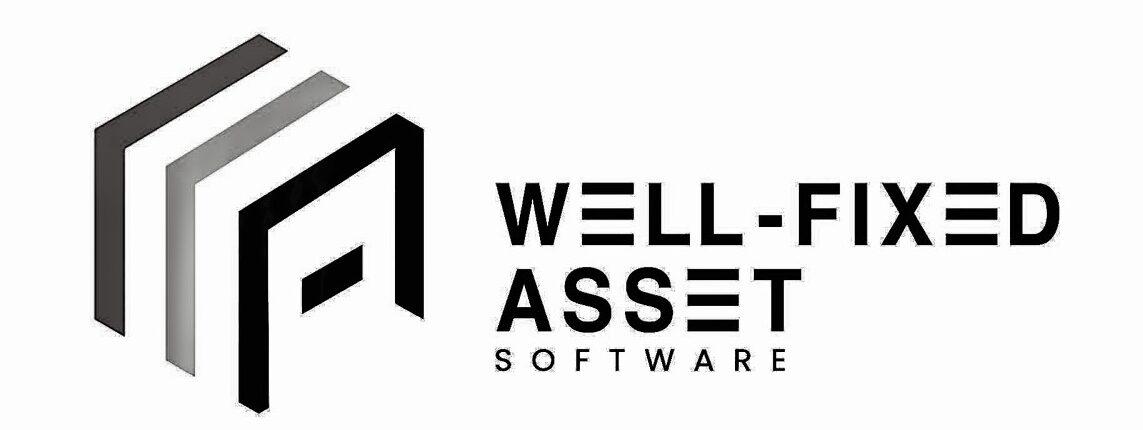
Getting to Know “Assets”: Closer Than You Think
Every year, many companies lose hundreds of thousands or even millions of baht without realizing it.
Not because of declining sales, economic slowdown, or fierce competition, but from something that can be easily prevented: the lack of proper asset management.
Examples include lost computers, unused machinery, vehicles deteriorating faster than expected, or documents recorded without details of what was purchased and how.
Assets are the foundation of every business—whether a startup with just a few computers or a large corporation with warehouses full of equipment. Yet many organizations overlook fixed asset control until problems arise.
In reality, businesses that manage their assets well are the ones that survive and grow, while those that neglect them lose money without knowing it.
What are Assets?
In business terms, assets are anything a company owns that has value, can generate income, or support operations. They can be divided into:
-
Current assets – Assets expected to be used, sold, or converted into cash within one operating year or the company’s normal business cycle.
Examples: cash, inventory, trade receivables. -
Fixed assets – Tangible assets used in business operations to generate long-term income, with a useful life of more than one year, and not easily converted into cash.
Examples: buildings, land, vehicles, machinery, office equipment. -
Intangible assets – Non-physical assets that cannot be seen or touched but have economic value and provide future benefits.
Examples: patents, trademarks, software.
Among all assets, fixed assets are often overlooked.
For example, laptops purchased for employees are not just a one-time expense; they also depreciate, require maintenance, and may be lost or underutilized.
When hundreds or thousands of items are involved, the absence of a clear asset register can result in severe losses.
Why is Asset Control Important?
If an organization lacks a proper system to track and control assets, hidden costs will keep accumulating. Examples include:
-
Financial Losses
A company owns 200 laptops, but 10 go missing without anyone noticing. This means a loss of over 100,000 baht, plus the risk of losing important data and interrupting employee productivity. -
Legal and Tax Issues
Incomplete asset records can cause problems during audits or tax inspections, potentially leading to penalties or reputational damage. -
Reduced Operational Efficiency
If employees don’t know where equipment is or whether it’s available, they may unnecessarily request replacements, increasing costs. -
Security Risks
Lost IT equipment doesn’t just mean financial loss—it could also lead to customer data breaches or internal information leaks.
In short, not managing assets is like leaving “leaks” that slowly drain company resources without being noticed!
How to Start Asset Control?
Although it may sound complicated, getting started with asset management is actually simple.
Here are a few easy steps:
-
Create an Asset Register
Record what the company owns, purchase date, price, location, and responsible person.
Even starting with Excel is better than having nothing. -
Keep Key Details
Such as serial numbers, depreciation rates, warranty information, and maintenance schedules. -
Conduct Regular Asset Audits
Perform asset checks frequently to confirm assets are still present and in working condition. -
Use Asset Management Software
As the business grows, Excel files may no longer be sufficient.
A fixed asset management system helps reduce human error, increase accuracy, and provide real-time information.
For this reason, our Well Fixed-Asset software is designed to make fixed asset management—something often overlooked or considered unimportant—simple and far less complicated.
Because “assets” are the heart of every business.
Contact Us:
Tel: 02-941-3377 (to 9)
E-mail: [email protected] (Khun Maneerat)


